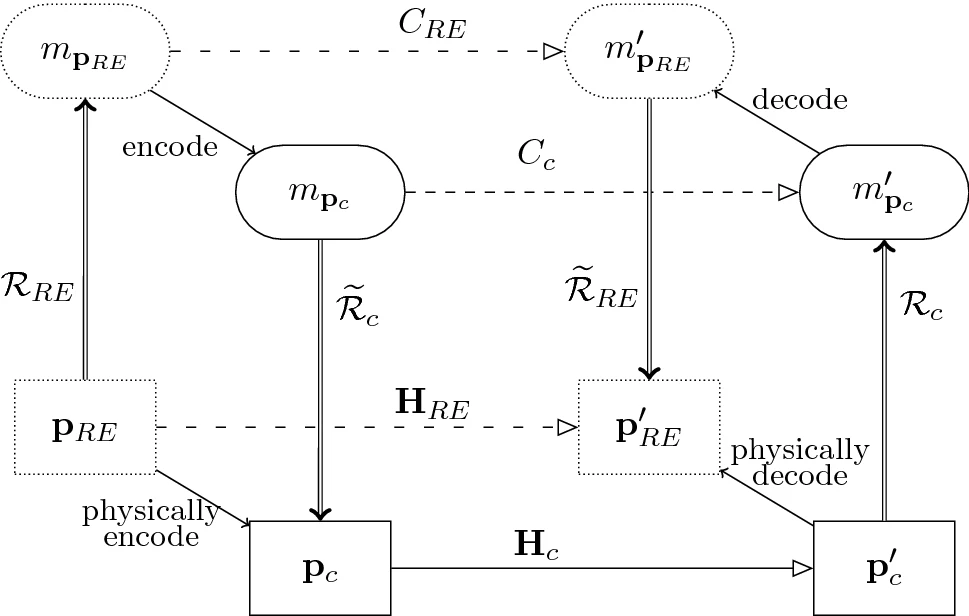Our new paper published today:
Susan Stepney, Viv Kendon.Many systems are claimed to compute, from spaghetti, to slime moulds, to the universe itself. But how can we tell if a system is computing, or just “doing its thing”?
The representational entity in physical computing
Natural Computing, (online), 2020
Abstract: We have developed abstraction/representation (AR) theory to answer the question “When does a physical system compute?” AR theory requires the existence of a representational entity (RE), but the vanilla theory does not explicitly include the RE in its definition of physical computing. Here we extend the theory by showing how the RE forms a linked complementary model to the physical computing model. We show that the RE does not need to be a human brain, by demonstrating its use in the case of intrinsic computing in a non-human RE: a bacterium..
We have been working on the snappily named “abstraction/representation theory” for a while to clarify this issue. In a nutshell, one part of the requirement for a system to be computing is that what it is doing has to represent something else in the world. And that representation is in the eye of the (also snappily named) repesentational entity (RE) that is using the computer.
Up until now, our definitions have only referred to the RE, but not included it in the overall model. No longer. Here, we add the RE to the model, which adds a new dimension, and the definitoin moves from requiring a commuting square to a commuting cube. (See the paper for lots more pictures of these cubes...)
